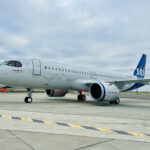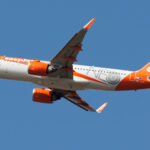The European Union Aviation Safety Agency (EASA) and the International Air Transport Association (IATA) have pledged to work together to combat incidents of GNSS spoofing and jamming.
After a joint workshop involving the two organisations, the conclusion was that interference with satellite-based services that provide information on the precise position of an aircraft can pose significant challenges to aviation safety.
Mitigating these risks requires short-, medium- and long-term measures, beginning with the sharing of incident information and remedies.
“GNSS systems offer tremendous advantages to aviation in increasing the safety of operations in a busy shared airspace,” said EASA Acting Executive Director Luc Tytgat.
“But we have seen a sharp rise in attacks on these systems, which poses a safety risk. EASA is tackling the risk specific to these new technologies.
“We immediately need to ensure that pilots and crews can identify the risks and know how to react and land safely.
“In the medium term, we will need to adapt the certification requirements of the navigation and landing systems.
“For the longer term, we need to ensure we are involved in the design of future satellite navigation systems. Countering this risk is a priority for the Agency.”
Willie Walsh, IATA’s Director General, said: “Airlines are seeing a significant rise in incidents of GNSS interference. To counter this, we need coordinated collection and sharing of GNSS safety data; universal procedural GNSS incident guidance from aircraft manufacturers; a commitment from states to retain traditional navigation systems as backup in cases where GNSS are spoofed or jammed.
“In actioning these items, the support and resources of EASA and other governmental authorities are essential. And airlines will be critical partners. And whatever actions are taken, they must be the focal point of the solution as they are the front line facing the risk.”
Subscribe to the FINN weekly newsletter

